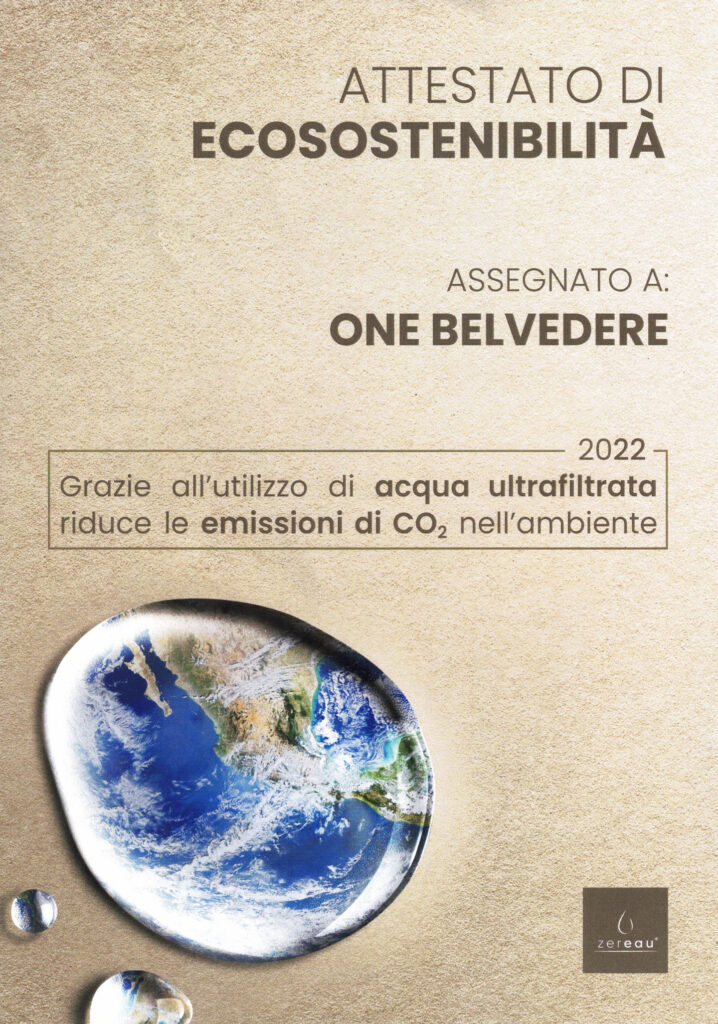Zero Impact Housing Explained
If you’ve ever wanted to build your own home without having a negative impact on the environment, now is your chance. We now have “green built” homes, which allow us to build a cost-effective, healthy, and environmentally friendly home.
So, what is the real situation? The true breakthrough in this century will come as we face global warming and pandemics. Recycled agricultural byproducts can now be converted into useful construction materials. There is no need to use wood products such as plywood or OSB.
Currently, waste is being converted into resources. Agricultural byproducts such as tomato stems, soybeans, wheat straw, hemp fiber, and maize starch can now be converted into valuable building materials. The structure is made primarily of straw board, with a plant-based rubber membrane on the roof and bio-based treated wood on the outside. Energy is provided by solar panels and seawater battery storage.


As a result, in this modern age where we have the world in the palm of our hands and can do whatever we want, we frequently forget the source of the power to live such amazing lives.
We need energy, which the world will run out soon, whether we want to drive to distant locations hours away or simply charge our phones. As a result, people all over the world have devised ways to conserve the vital energy that powers our planet, such as using electric cars, second generation biofuels, solar energy, and so on.
Living in zero-energy homes, or simply “zero houses,” is one such concept. These houses are airtight, well-insulated, and efficient in terms of energy usage; at the end of the day, the total energy used equals zero, hence the name.

What Are the Advantages of Zero Impact Housing?
At first glance, zero houses appear to be very interesting because the concept resonates with the technology that humanity is turning to save the world. So, why should we live in such houses? “What makes them so special?”
First and foremost, consider how zero-houses benefit the individual who lives in one. Houses, like any other structure, come in a variety of styles and sizes. You can find everything from large mansions to small cottages.
Second, in zero-energy homes, you can install additional solar panels if you want to add extensions to your house because they come with the necessary wiring. Furthermore, because the net energy usage is zero, you do not have an energy bill to pay at the end of each month.
These incredible homes are important not only for the owners but also for maintaining a healthy global environment. These carbon-free houses contribute to the reduction of greenhouse gas emissions. The houses do not rely on fossil fuel energy and use as few nonrenewable energy resources as possible.


Design
From the outside, the zero houses resemble any other on the block, with the largest distinguishing feature being the large solar panels typically installed on the roofs or fields close by. The primary distinction is in the interior design. Because these houses rely heavily on solar energy, finding a suitable location is critical.
As a result, the location and orientation of the house are extremely important. Following that, a house envelope is constructed to ensure that the house is airtight, and the envelope is designed to be as efficient as possible. The ceilings are also insulated and air sealed. The windows are made of triple-glazed glass, which provides excellent insulation while also sealing up any remaining cracks.
HVAC (heating, ventilation, and air conditioning) systems and appliances are designed to be energy efficient. Fixed roof overhangs are sometimes used to allow the sun to heat the roof when needed without overheating it. Wall insulation is frequently encased in materials such as rigid sheets of OSB (Oriented Strand Board) or thermoplastic.

Conclusion
Building these houses takes more time and is often more expensive than building a standard house.
Many factors must be considered, such as the shape and orientation of the house, the location on which it is built, the efficiency of the appliances, overall insulation, and many others.
However, every penny and minute spent developing these projects is worthwhile because they will save our homes for future generations. The impact of such houses will be greater than expected. We can already see the impact that electric vehicles, such as Tesla, are having on the world. They’ve created quite a stir.
These zero-energy houses are no exception. Using renewable energy resources, achieving net zero energy consumption, and contributing to global climate change in a healthier manner represents a significant step forward for us.
These houses can assist us in saving our technologies and the environment for a better future.


Summary
Living in zero-energy homes, or simply “zero houses,” is one such concept. These houses are airtight, well-insulated, and efficient in terms of energy usage. The structure is made primarily of straw board, with a plant-based rubber membrane on the roof and bio-based treated wood on the outside. From the outside, the zero houses resemble any other on the block, with the largest distinguishing feature being the large solar panels typically installed on the roofs. Because these houses rely heavily on solar energy, finding a suitable location is critical. Following that, a house envelope is constructed to ensure that the house is airtight, and the envelope is designed to be as efficient as possible.





















